31 Aug September 2019 Yellowbill
President’s Message
Welcome to the 2019-2020 birding season. Over the summer we have made a few changes that we think will improve the activities of Fresno Audubon. We have added registration pages for our events, primarily so that trip leaders know how many and who to expect. By registering you also accept our liability waiver, which will save paper and speed up the check-in process for field trips. Some people have had issues registering for events. If this happens to you please call me (650-483-2347), and I will help you register.
Because of comments from our members, our field trips this year were planned to avoid trips the day after a general meeting, and to avoid conflict with Town Hall. We have scheduled more out-of-area trips this season, including trips to Pinnacles National Park, Elkhorn Slough and Lake Isabella/Kern River Preserve. We’ll also be birding the CSU Fresno campus and the Experimental Range. For a complete list of the season’s field trips, click here.
We have had limited attendance at many of our general meetings, and when we asked the membership why, people had very compelling reasons why the meetings were less important to them now. So, after much debate, we decided to reduce the number of meetings to four this season, and to focus on the things the membership said they were most interested in.
The first meeting will be a pot luck dinner on September 10 at Lost Lake Park. Details of the meeting, including a link to the registration page are below. We will meet again in December to see Gary Woods present photos of his birding of southeast Arizona. We will try to book the Woodward Park Library for this presentation, but that venue books very quickly and may not be available. If we are unable to secure Woodward Park Library, his presentation will be held in the Calaveras Room of the UC Center. There will also be meetings in February and May 2020.
Another change you will experience is an increase in our dues, which have not increased in many years. Our goal is to be a sustainable organization for years to come, and over the past few years the board has taken a number of actions to ensure that we had a plan for each year and a specific budget to work with. Many of you know that FAS received a large bequest from the Ted Martin estate 10 or more years ago. Rather than continuing to draw down that bequest for ongoing operations, we have chosen to hold a birdathon fundraiser, to put a major portion of our funds in an investment account that earns interest, and to raise dues to keep our budget balanced. The new dues structure and payment options are discussed below.
Thanks to Jeff Davis, we have an updated checklist of the birds found in Madera and Fresno counties. The list is posted on our website under the footer column titled Resources. You can download the new checklist here.
I hope you like the changes, but please let us know what you think of them. You can talk with any board member (our board is lucky to have the following members: Robert Snow, President; Radley Reep, Vice President; George Folsom, Treasurer; Barbara Bailey, Secretary; Nancy Greisser and Nancy Gilmore, Membership co-chairs; and members-at-large Rich Gilman and Judy Johnson).
Happy birding.
Robert Snow
President
Membership
Annual memberships now due
September brings migration and it is also time for your Fresno Audubon Society (FAS) membership renewal. FAS’s membership year runs from September 1 to August 31 the following year. Please join us to ensure that we can keep our organization financially healthy and able to continue our programs of field trips, speakers, and education. Those with PayPal accounts can join or renew on our website here or you can download a membership form here and mail it and your check to our new address:
Fresno Audubon Society
PO Box 3315
Fresno, CA 93650
Thank you for supporting Fresno Audubon Society.
Important! Annual Dues Increase
Wanting to better ensure support for the many activities conducted by Fresno Audubon Society (FAS) and realizing that there had not been an increase in dues in many years, the FAS Board of Directors recently voted to raise the club’s annual dues beginning this September 2019.
The new dues are:
Student $15 annually
Individual $25 annually
Family $35 annually
Life $1,000
Members using PayPal’s automatic renewal feature will want to cancel their current payment (automatic payments cannot be changed, only canceled) before renewing their memberships. Then you can set up a new automatic payment, or make a one-time payment on our website here. Your support is greatly appreciated.
Birdathon Fundraiser
Fresno and Madera Counties
Sept 15 to Oct 15, 2019
It’s time again for Fresno Audubon Society’s (FAS) annual Birdathon. The Birdathon is a key source of the donations we need to keep our budget balanced and to avoid drawing upon our reserve funds. Last year’s event was a big success, and we would like to do even better this year.
To participate, get out there, enjoy fall birding and see how many species you can find; then, report your bird lists on eBird. Challenge friends, family and colleagues to pledge or make a sponsorship donation to help you raise money for FAS, and please consider making a pledge or donation yourself. At the end of the 15 September to 15 October period we will tally the bird sightings in eBird for the counties of Madera and Fresno. We will add together all the sightings reported in eBird during this period, and pledges will be calculated based on this total number. Alternatively, you can choose to “sponsor” the Birdathon by paying a fixed amount.
All funds will go to FAS to carry out our mission: “Engaging local communities in building a sustainable environment for people, birds and other wildlife through education, science, and advocacy.”
Here’s a list of the key accomplishments of FAS in the past year, funded by your donations.
- Built a bird feeding site at the River Center, including a bird-friendly fountain
- Partnered with the River Parkway Trust and an Eagle Scout to install 8 Barn Owl boxes on the San Joaquin River Parkway
- Began monthly bird surveys on the Parkway restoration properties
- Conducted our first beginning bird classes and purchased binoculars for use by students.
Two ways to donate
- Make a sponsorship donation
$25 ___$50 ___$75 ___$100 $______ other
- Pledge per species observed.
The pledge categories: $0.25 per species – $5.00 per rare species
If you choose to pledge per species observed, the species list will be published at the end of the Birdathon for calculating your total donation. Last year a total of 232 birds including 6 rarities were recorded making a per-species pledge $58 and a rarities pledge $30.
You may pay or pledge by:
Emailing pledges to: admin@fresnoaudubon.org
Mailing checks P.O. Box 3315, Fresno, CA 93650
Going online and using the donate button at: fresnoaudubon.org/donate/
September General Meeting
Potluck Dinner at Lost Lake Park
Wednesday 10 September 2019
Field Trips
Our website has a calendar that allows you to see all the details of an upcoming trip as they become finalized. Included in the details is a link to a map showing the meeting point for the trip. The calendar is subscribable, which allows you to integrate it into your electronic calendar. Updates to events will appear as they are made. We encourage you to subscribe. Follow the links within each writeup for more information on destinations and meeting point locations, and to register for the field trip.
New for the 2019-2020 birding season, we will be adding an event registration page for each outing. This is to provide trip leaders with the expected number of participants. When you register you also sign our liability waiver, which saves both time and paper. We encourage to register for any event you plan to attend. Tickets for our events are NOT required.
For those who prefer a simple list of trips, you can view or download the one by clicking here.
September Field Trips
Wednesday 4 September 2019 – Wastewater Treatment Plant with Robert Snow
Saturday 14 September 2019 – Pinnacles National Park with Robert Snow
Join Robert Snow for a trip to Pinnacles National Park; there’s good chance you will see California Condors. We will meet in the parking lot at the Target located in the Marketplace at El Paseo (Herndon and Golden State Blvd.) at 7:00 am and carpool to the park. The trip will take 2.5 hours of drive time, so we will stop along the way to bird and stretch our legs. Please note that this is a national park, and thus a fee is charged. Bring your National Park Pass, if you have one. This will be a long day trip, returning around 5 pm, so plan accordingly.
Please register for the trip here so we know how many to expect.
Checklist: binoculars, scope, field guide, snacks, lunch, water, sunscreen, hat, radios
Directions to the meeting place
Wednesday 18 September 2019 – Mariposa Grove/Wawona with Rachel Clark and Susan Estep
The Fresno Audubon trip on Wednesday, September 18, will be to Wawona and Mariposa Grove. We will meet at the Target parking lot at Riverpark shopping center at 7:45 am for an 8:00 am departure to Wawona. We will bird in and around the meadow at Wawona, then head to Mariposa Grove. Cars are no longer allowed at Mariposa Grove, so we will take the park shuttle bus from Wawona to the Grove, and carry our food and birding equipment with us. Please note that this is a national park, and thus a fee is charged. Bring your National Park Pass, if you have one.
Please register here so we know how many to expect.
For a map to the meeting location click here.
Checklist: binoculars, bird guide, water, sun protection, and lunch.
Leaders: Rachel Clark tanagergirl@gmail.com (515) 357-0122 and Susan Estep estepmail@yahoo.com, (402) 212-1215
Fresno-Madera Birds
by Jeff Davis
photos by Gary Woods
Including reports for the period of
April 16 to August 15, 2019
A Red-breasted Merganser
at the Madera Equalization Reservoir June 30 (ph. GW) established the first summer record for our area. A Common Ground Dove
near Biola June 13 (GW) and two there August 12 (ph. GW) combined with several others reported from that area since first discovered in August 2017 suggest this species may be resident there in small numbers. Rare shorebirds in our area, all from the Fresno Wastewater Treatment Plant, included single Marbled Godwits
July 8 (ph. GF) and July 27 (GW, JS), Fresno County’s first Ruddy Turnstone
since 2010 on August 15 (ph. GW, ph. RS), a Sanderling
April 29 (ph. RS), a Pectoral Sandpiper
August 15 (ph. GW, ph. RS), single Semipalmated Sandpipers
July 5 (ph. GW), July 21 (ph. GW), July 26 (ph. GW, ph. GF, ph. LH), and July 27 (ph. GW, JS), and a Willet
July 12, 13, and 15 (ph. GW).
A Common Loon
at Huntington Lake June 7 (ph. SJ) provided the first summer record for our area. Generally scarce in our area, a Bank Swallow
was at the Fresno Wastewater Treatment Plant July 12 (ph. GW), July 20 (GW), and July 21 (ph. KC, EE), and three Swainson’s Thrushes
visited Mercey Hot Springs May 11 (ST), one was found dead at Fresno State University June 30, evidently having hit a window at the Henry Madden Library, (TZ), and another was at Mono Creek Campground July 28 (DF). Our first Magnolia Warbler sang at Sierra Cedars Meadow June 23 (ph. JT, RG, GW, JS). And an adult male Rose-breasted Grosbeak
made an appearance along the Enterprise Trail in Clovis May 16 (ph. CC) and May 17 (ph. RS, ph. GF, CH), and another showed up north of Hume Lake June 17 (ph. RS).
Cited Observers: Corry Chen, Kaia Colstock, Elias Elias, George Folsom, Dave Fundakowski, Rebecca Green, Lynn Hemink, Chris Hiatt, Shawn Jarvinen, Rick Saxton, Jeff Seay, Steve Tucker, Gary Woods, and Tom Zimoski. ph. = photographed by.
If you make an interesting observation, we’d love to hear about it. We are especially interested in birds listed as casual or rare on the Fresno Audubon checklist and those found out of season, out of normal habitat, or in unusually large numbers. Please submit reports to Jeff Davis (559-246-3272, jndavis@ucsc.edu), the Fresno County Birders e-mail list, or eBird.
Birds in the News
Links to Recent Articles on Birds
Some Migratory Birds Sleep Better Than Others
The weariest warblers are more likely to sleep with their heads tucked in — saving energy, but making them more vulnerable to predators.
Every spring, throngs of garden warblers make a treacherous, multiweek journey from their winter homes in Africa to their summer breeding grounds in Europe.
The small, brown-and-white songbirds fly thousands of miles, across the Sahara and the Mediterranean Sea, en route to their destinations. It’s an exhausting, arduous trip, and the warblers make numerous pit stops to rest and refuel along the way. During these layovers, the birds need to catch up on sleep, replenish their fat stores, and somehow manage to avoid being eaten by predators, including the hungry raptors that migrate alongside them. Read more…
A Bird’s-Eye View Of Color
Birds don’t just see the world from higher up than the rest of us; they also see a whole range of light that we can’t. Researchers have known for decades that birds have a fourth color cone in their eyes that lets them see ultraviolet wavelengths. But as birds use the colors of their feathers to hide from predators or attract mates, how does their extra-dimensional vision influence their plumage? It turns out the feathers of many birds are secretly signaling in the UV spectrum.
So what does a bird look like… to another bird? Ira talks to bird researchers Cassie Stoddard and Allison Shultz about evolution, communication, and feathers. Read more…
Old Flames: The Tangled History of Forest Fires, Wildlife, and People
Here on this muddy Forest Service road, two conflicting views of fire were meeting head-on. One view, currently prevailing among society at large, regards Rice Ridge as a costly and tragic “megafire,” a catastrophe that endangered homes and destroyed valuable forest that would take decades to recover. If you buy this view—of burned forest as ruined forest—then salvage logging seems only prudent, a way to temper the losses the fire inflicted.
 Because of increased sunshine and available nutrients, wildflowers grow abundantly in burned forests for the first decade or more after a fire.
Because of increased sunshine and available nutrients, wildflowers grow abundantly in burned forests for the first decade or more after a fire. But many fire ecologists have long had an alternate perspective on large, severe fires like Rice Ridge: that they are inevitable and largely unstoppable, like a hurricane. Far from destroying forests, these fires touch off a frenzy of ecological activity—a tumult of new plants, mushrooms, insects, amphibians, birds, and mammals—that’s unlike anything that happens in the quiet shade of a green forest. Read more…
Forest fires are getting too hot—even for fire-adapted animals
Many of the animals that make their homes in those forests depend on—or at least can tolerate—the disturbance that comes from the blazes. Take the black-backed woodpecker. For decades, it has been held up as a prime example of a species that requires burned areas to survive. It mainly feeds on the larvae of beetles that colonize dying and dead trees after wildfires, and it excavates cavities in dead trees for its nests.
And while this species does indeed rely heavily on burned areas, it turns out what it really needs is pyrodiversity—a mosaic of burned and unburned areas. In a study published August 6 in the journal The Condor, researchers studied how habitats affected the woodpeckers’ choice of nest sites. They observed that black-backed woodpeckers prefer nesting along edges of burned patches, within about 0.3 miles of areas with living, unburned trees. Read more…
Practice Makes Perfect: How Birds Learn To Sing
When a baby human learns to talk, there’s a predictable pattern of learning: First, they listen to the language spoken around them, then they babble and try to make the same sounds, and then they eventually learn the motor skills to shape that babble into words and meaning.
Researchers who study songbirds know this is also the process by which a baby male zebra finch learns the unique songs that as an adult he will use to mate and defend territory. The same holds true for canaries, nightingales, warblers, and beyond. And for many birds, like humans, the window where they learn their “language” best is a short one that closes early in life. Read more…
Member Photographs
Fresno Audubon members have been submitting some really terrific photographs to this column. If you would like to add yours to the mix, please send your photo in jpeg format to rsnow@fresnoaudubon.org with a brief description, where the photo was taken and how you want the photo credit to read. Birds may be from anywhere. Limited space may restrict publication to a later issue. We now have an Instagram site (@fresnoaudubon), and we will showcase photos there as well with your permission.
Larry Parmeter
Taken in Wawona, 5 June 2019
Nina Jones
Taken in near Glacier Point, 4 July 2019
Taken near Glacier Point, 4 July 2019
Kaia Colestock
Taken July 15th, 2019, on the north shore of Huntington Lake
Taken July 15th, 2019, in Deer Creek Campground, Huntington Lake
Taken July 27th, 2019, on Tule River in Sequoia National Monument
Taken Aug 21, 2019, near Lakeshore, Huntington Lake
Cecelia Sheeter
Taken in Madera County
Just fledged, taken in Madera County
Taken in Kaiser Wilderness
Taken in Madera County
Taken at Huntington Lake
Taken at Huntington Lake
Taken at Huntington Lake
Taken at Huntington lake
Taken at Huntington Lake





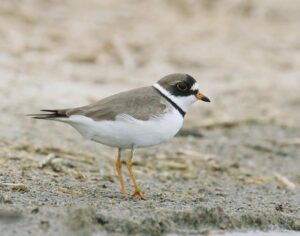
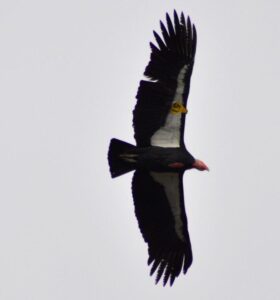

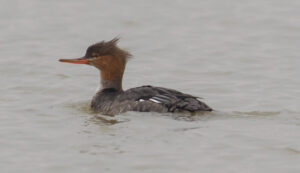


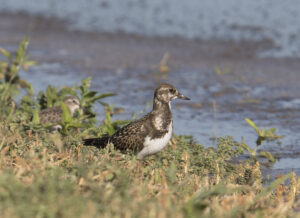




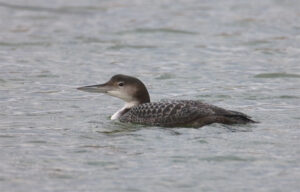

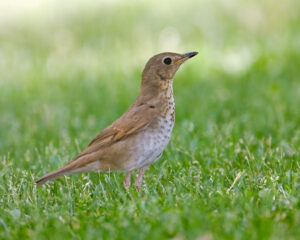

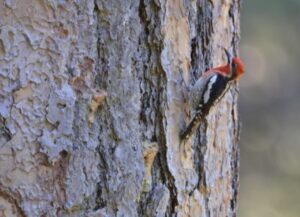
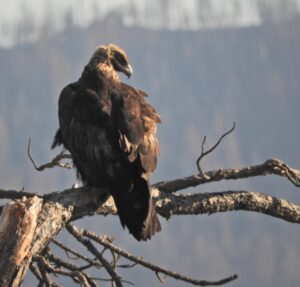
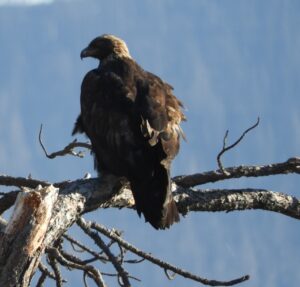
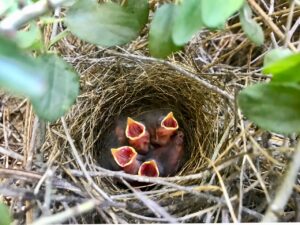
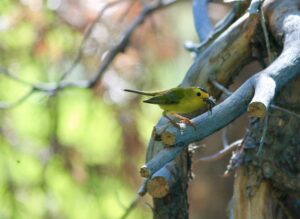

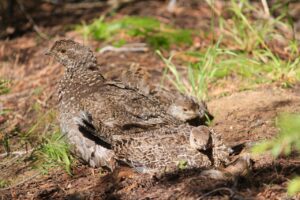
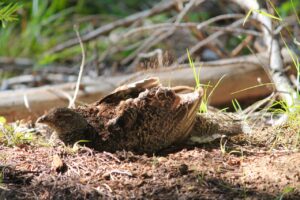
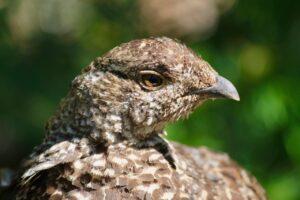
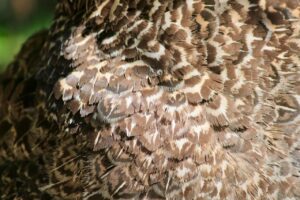
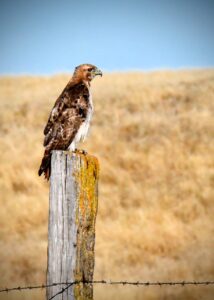
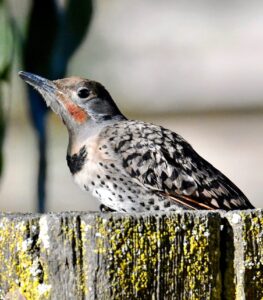
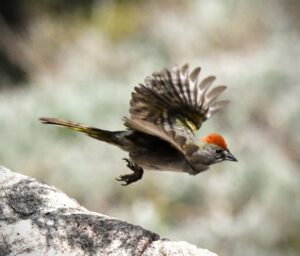
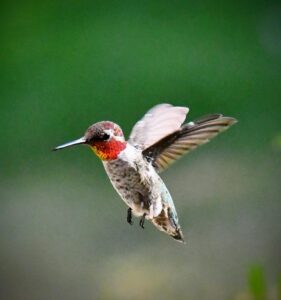
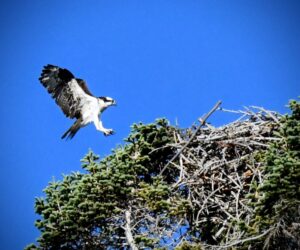
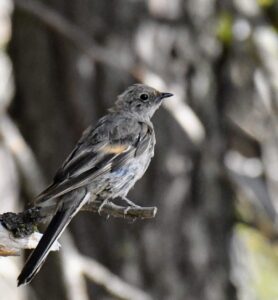
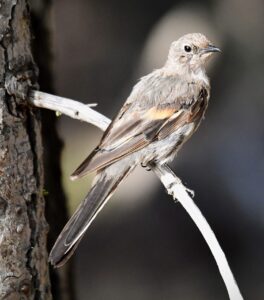
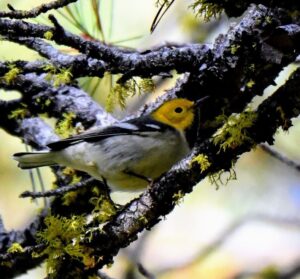
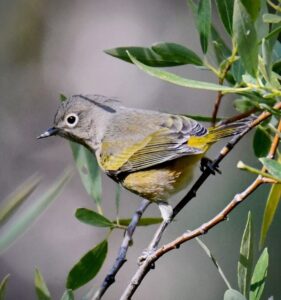
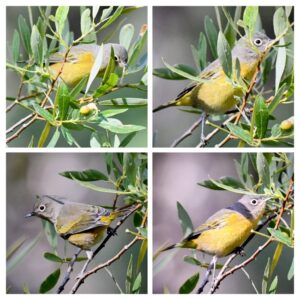
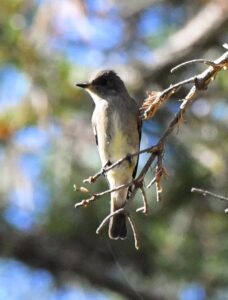
Sorry, the comment form is closed at this time.